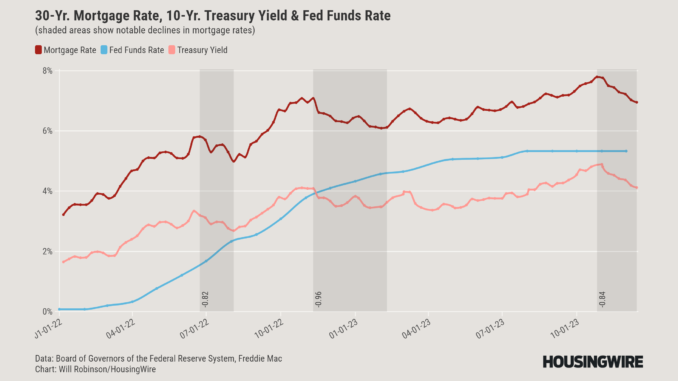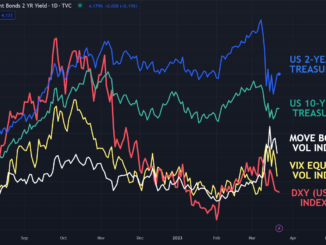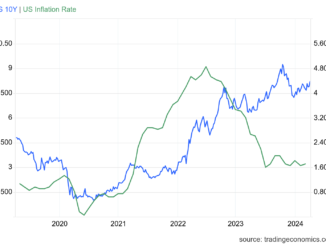
Last week’s DataDigest offered readers a host of housing forecasts from industry experts at banks, trade associations and more, the thrust of which was housing professionals should expect a modestly better year of sales thanks to retreating mortgage rates in the year to come.
A day after publication, Federal Reserve officials made several of their own forecasts – most importantly that the “appropriate policy path” for the Federal funds rate next year will be for it to decrease 0.75 percentage points, implying three cuts of 0.25 percentage points.
Those economic projections from the 19 members of the Federal Open Markets Committee show both a tighter consensus of opinions and a lower target Federal funds rate than the projections the FOMC made in September.
Following the Fed meeting last Thursday, mortgage rates dropped. Then they dropped. And then they dropped some more.
In fact, they dropped so much that they reached 6.69% on Dec. 15, just 0.07 percentage points above the average of four forecasts for the third quarter of 2024 and roughly 0.6 percentage points below the average forecast for the first quarter of the new year.
That drop – 0.3 percentage points from Dec. 11 to Dec. 15 – is hardly trivial for forecasters. In addition to predicting mortgage rates, they based their predictions for home sales and home starts largely on mortgage rates, as several experts have stated:
“The story this year and the story next year depend on two variables: mortgage rates and inventory.”
Lawrence Yun, chief economist for the National Association of Realtors
High mortgage rates depress not only homebuyer demand but home sellers’ willingness to put their homes on the market:
“High mortgage rates are the main reason for the low level of sales. Higher interest rates make it more expensive to purchase a home and more difficult to qualify for a mortgage. The sharp increase in the mortgage rate from its lowest level on record in 2021 to a 23-year high has caused the vast majority of homeowners to become ‘locked in’ to their existing mortgages.”
Cristian deRitis, deputy chief economist at Moody’s Analytics
So with mortgage rates so important to outcomes next year and mortgage rates now at levels that are far ahead of predicted levels, are forecasts for next year already off the rails?
What the Fed said
The Federal Reserve did not announce rate cuts or provide a schedule of future rate cuts.
Instead, the Fed kept the target Fed funds rate at 5.25-5.5% for the fourth consecutive time. It also provided committee members’ forecasts of what would be the appropriate rate in 2024, which was based on their forecasts of inflation, GDP growth and other economic indicators.
The median of these rate forecasts – 4.63% – is what implies three cuts next year, given that it is 0.75 percentage points below the current rate. But Fed Chair Jerome Powell stressed that “these projections are not a Committee decision or plan.”
Powell further noted that although the FOMC believes “we are likely at or near the peak rate for this cycle” of rate hikes, the possibility of another rate hike has not been taken off of the table if inflation does not continue to moderate.
“No one is declaring victory,” he said. “That would be premature, and we can’t be guaranteed of this progress.”
Yet what the market seems to be focusing on is not Powell’s cautionary comments, but his statement that the FOMC had begun discussing rate cuts in their meeting last week, which sparked a wave of optimism across several market sectors.
However, while Powell said, “We’re sort of just at the beginning of that discussion,” New York Fed President John Williams said on CNBC two days after Powell’s comments, “We aren’t really talking about rate cuts right now.”
Cuts were expected
Forecasters were certainly not blindsided by the possibility of the Fed cutting rates next year. Rather, their forecasts are predicated on the assumption that rates will fall.
The National Association of Realtors, for example, made their quarterly predictions for 2024 on October 30, long before last week’s Fed meeting, and predicted three cuts to the Fed funds rate in 2024 – with the rate reaching 4.4% by the end of the year.
In NAR’s outlook summit held the day before the FOMC released its forecasts, NAR predicted four cuts next year.
The Fed’s median forecast of 4.6% for 2024, then, is both fewer cuts and a higher funds rate than NAR predicted when it forecast mortgage rates of 7.5-6.9% in the first half of the year and a full-year average mortgage rate of 6.3%.
Similarly, Wells Fargo noted in its forecast made on Nov. 9 that “we look for the FOMC to cut its target range for the federal funds rate by 225 bps [2.25 percentage points] by early 2025, which is more than both Fed policymakers and market participants currently project.” Wells Fargo predicted mortgage rates of 7.2-6.7% in the first half of next year.
In other words, the forecasters expected rate cuts that are more aggressive than the Fed has so far forecasted for 2024 when they predicted mortgage rates of 6.6-7.6% in the first half of 2024.
Mortgage rate movements
For those who regularly watch mortgage rates, this winter’s decline may look familiar. Since October 26, the weekly average rate for a 30-year mortgage has fallen from about 7.8% to just under 7%.
The drop is reminiscent of a similar period a year ago when the weekly average rate fell from about 7.1% to 6.1% from early November through early February.
The decline in rates last year was motivated in part by a market consensus that a recession was imminent, which could in turn prompt rate cuts to stimulate the economy. When the recession proved elusive, mortgage rates about-faced.
The current market consensus seems to reflect optimistic prospects for a “soft landing,” an inflation-crushing economic slowdown that doesn’t prompt a job-loss recession. Lower mortgage rates are just one signal of this optimism; stock prices for tech, banking, real estate and other companies that went out of favor when interest rates were expected to rise have now soared.
Will this year’s favorite market theory fare better than last year’s? Wall Street Journal’s senior markets columnist James Mackintosh, for one, is skeptical.
“What’s surprising to me is that there seems to be so little investor concern that a slow-growing economy will turn into something worse, or that inflation proves stickier than expected,” he wrote.
So where do forecasts stand?
Housing professionals can take heart that forecasters generally believe 2023 was rock bottom for this economic cycle and expect 2024 to be better – but modestly better. Most forecasters don’t expect significant improvement in home sales until mortgage rates fall to 6% or lower.
Although mortgage rates are currently well ahead of forecasters’ outlooks, they are not near 6%, and only time will tell if they continue on their current path or return to recent highs and descend more inline with forecasters’ expectations.
Forecasts can be useful for businesses planning for the year ahead, but only time will tell what 2024 will bring.



